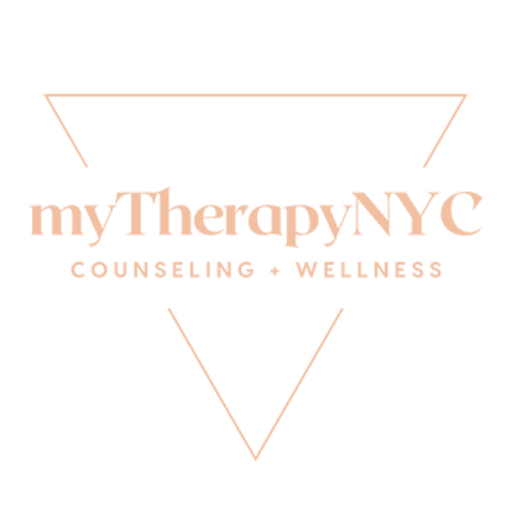As a Brit, you’d think I’d be used to gloomy weather. But having spent several years living in sunny Los Angeles, I have to admit – I’m nervous about the upcoming winter. Because exposure to sunlight plays a crucial role in emotional balance, the shorter, darker days of January and February are when many, like me, experience the “winter blues”. In fact, according to a recent study, 10 million Americans report dealing with the rather more severe drop in energy and mood characteristic of Seasonal Affective Disorder (SAD).
While this form of seasonal depression can affect anyone – women, young people, and those living in areas with harsher winters are at increased risk. Reduced sunlight disrupts the body’s circadian rhythm, and alters Serotonin and Melatonin levels, contributing to changes in mood. People suffering with SAD may experience the following signs and symptoms: low mood and lack of energy, tendency to sleep and eat more than usual, inability to focus and think clearly, a loss of interest in activities, and isolation from friends and loved ones.
If, like me, you’ve already stocked up on some quality snow gear to protect you from the elements, here are 7 tips on how stave off SAD when mid-winter hits:
1. Spot it early. Monitor your daily mood and record your results in a journal. While early indicators of SAD can be subtle at first, identifying the problem early will allow you to manage it proactively.
2. Get more light. SAD is largely caused by a lack of daylight, so you’ll want to maximize your exposure. Open curtains and blinds first thing to bring more natural light into your living space. Consider using vibrant, warm colors on walls and choosing light-colored upholstery. Try getting up early for a brisk walk in the morning when most light is available. If you can, sit near a window at work. Consider purchasing a dawn simulator, which will gradually light up your room each morning.
3. Try Light Therapy. To tackle SAD head on, invest in a portable Light Box. Look for one featuring a screen to filter out UV light and an illuminated area of at least one square foot. Light Therapy works by increasing Vitamin D levels, helping the brain produce more Serotonin, and is most effective when done in the morning. Be sure to talk to your health provider about side effects before using a Light Box or similar device.
4. Plan to have fun. Schedule in weekly activities that make you happy, and self-care activities that invigorate you. Spend time with friends or loved ones who are supportive and positive. Consider volunteer work to give you a boost while benefiting others.
5. Keep healthy habits. While you may crave pastries, candy, and pasta, now is the time to take extra care of yourself by snacking on complex carbs such as unprocessed oats, legumes and almonds. Eat protein-rich foods for a sustained flow of energy preventing blood sugar crashes, and more cravings. Getting moving can be the golden ticket to feeling more like yourself again. Exercise is most effective when combined with exposure to bright light – think an early morning stroll or run, or a brightly lit exercise class.
6. Meditate. Meditation can increase attention and focus, improve your mood, and decrease stress and emotional reactivity. It can also help you notice and let go of recurrent negative thoughts. You can sit alone to meditate for 10 minutes twice a day, join a guided meditation group, or spend time outdoors in the stillness of nature. Remember that simple tasks can be meditative if you give them your full attention, so come fully into the present next time you are washing the dishes!
7. Seek help from a professional. If you find that your relationships or daily functioning are disrupted, a qualified mental health provider can assess whether your symptoms are related to SAD, or have another cause. They may recommend treatments including psychotherapy, behavioral therapy, stress management techniques, or antidepressant medication.
SAD is a cyclical disorder that many people experience every year. If you are a long-term sufferer, you may find these resources helpful:
Society for Light Treatment and Biological Rhythm
Are you affected by SAD, or the winter blues? How do you usually cope? Please share your thoughts in the comments below.
- The Difference Between Mindfulness and Meditation [Video] - September 13, 2017
- Five Building Blocks of Mind-Body Wellness [Video] - August 4, 2017
- 7 Ways to Cultivate your Creativity - April 24, 2016





3 comments
I find it very depressing to walk out of work in the winter and have it be pitch dark! Even though it’s only 5:30pm, it feels like midnight and my motivation to workout quickly diminishes as I think about my comfy and warm couch waiting for me! I find it very helpful to bring my gym clothes to work so that I don’t have to go home first. It is also helpful to plan ahead and sign up for gym classes. These are a few tricks I use to keep motivated and healthy!
I think this is a wonderful article. So helpful! Thank you!
I find getting out of the house and interacting with nature is incredibly helpful. So is a good book (usually set in some tropical climate, hopefully).
Thanks again for the great article.
Great and helpful article. Sometimes getting out of the house is the hardest part..but then once you are out, you are glad you made it.